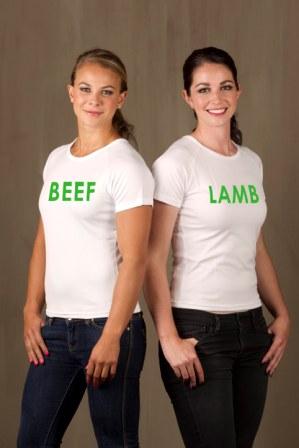Meat processor and exporter Alliance Group, like many others, has been busy getting ready for the new meat export season. The company has announced new plant and process modifications at two of its South Island plants, Pukeuri and Lorneville, recently.
Additional shift and modifications at Pukeuri
Alliance is to provide an additional shift at its Pukeuri plant as it ramps up cattle processing in the peak period, the company announced last week.
The third shift at the plant north of Oamaru will enable the company to process 880 extra cattle a week through May and June when the cattle throughput traditionally hits its peak. the third shift will also offer about 80 existing employees from the sheep and lamb processing shifts a longer season.
Alliance Group is currently undertaking a number of modifications to the plant, including extending the cattle yards ahead of the change.
John Brader, general manager of processing at Alliance Group, says the additional third shift was necessary to ensure Alliance continues to meet the needs of its suppliers.
Alterations have been made in Alliance’s systems to accommodate the additional cartons, giving more flexibility to which blast freezers or equilibration chillers the product can be directed, he explained.
Pukeuri processes more than 10,500 sheep and lambs a day. More than 900 staff work at the plant, which is the largest employer in North Otago. It is estimated the plant injects around $100 million into the local economy each year.
New rendering plant at Lorneville
In addition, Alliance announced that it has also completed the construction of the building for a new $13 million rendering plant at it’s Lorneville plant near Invercargill. Rendering machinery is now being installed in the 1,121 square metre building. The facility, which is designed to reduce Alliance’s energy and operating costs, as well as improve product recovery, is expected to be commissioned in October.
The new plant incorporates the latest technology, including a Press Dewatering System, which uses less energy and produces high quality products. When fitted with a waste heat evaporator, the process is virtually ‘zero waste’, resulting in high product yields and low wastewater output.
The first stage in a larger rendering redevelopment project, two further stages are proposed in the future. The complete project is said to save 9,000 tonnes of lignite and more than 1.5 million hours of electricity a year, enough to power 170 homes a year, the company says.
John Brader says the new rendering plant represented the largest single investment at the Lorneville plant for more than a decade.
“Completion of the building marks a major milestone for the development. Rendering remains a significant contributor to Alliance Group’s income and the investment in the latest technology will ensure we maximise revenue in this area.
“Alliance measures energy use and the associated greenhouse gas emissions from its plant to assist in making good business decisions.
“Since 2000, Alliance Group has reduced greenhouse gas emissions from energy use at its processing plants by 26 percent per unit of production and total fuel use has been reduced by 32 percent.”
Almost 2,000 people are employed at Lorneville, which is New Zealand’s largest sheepmeat processing plant.




